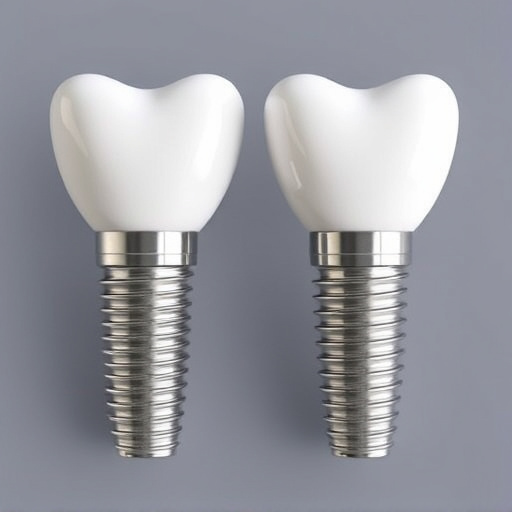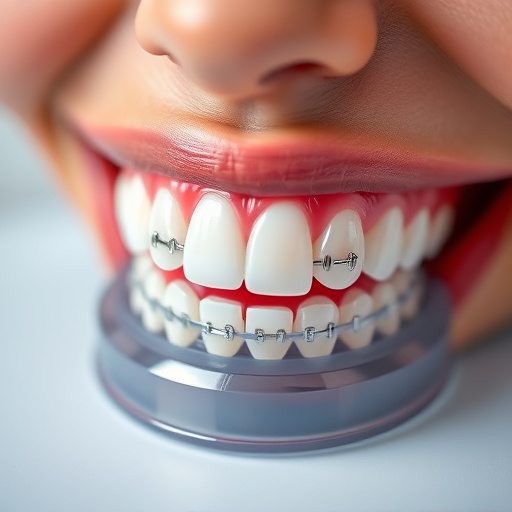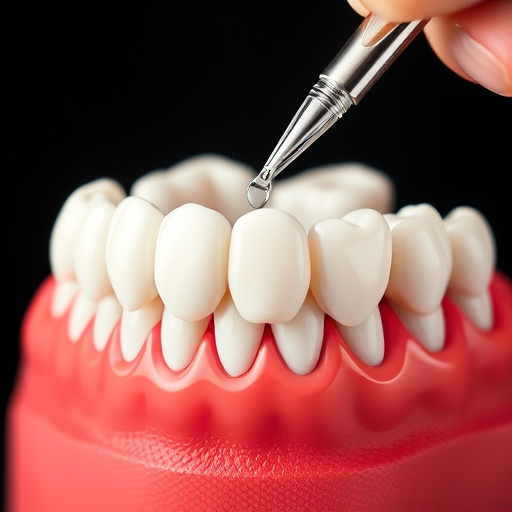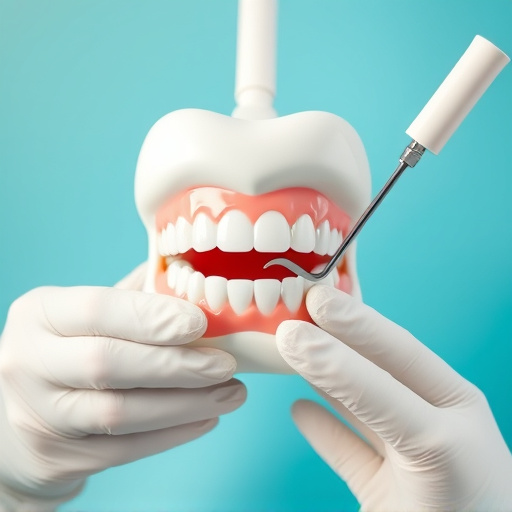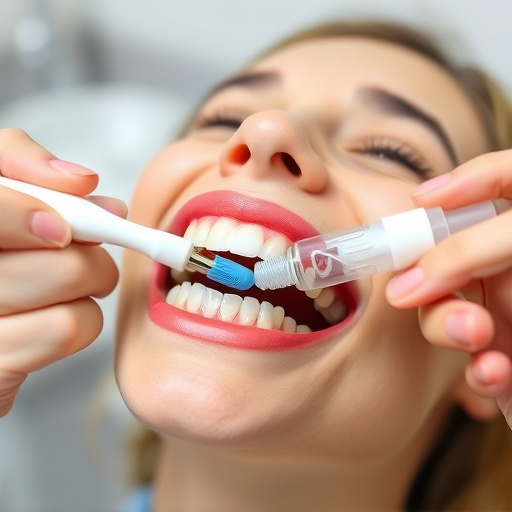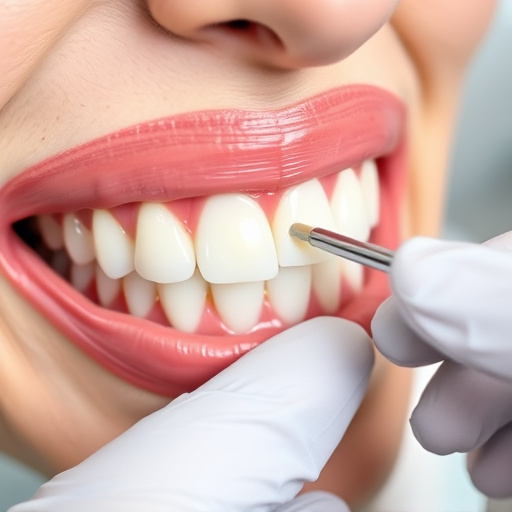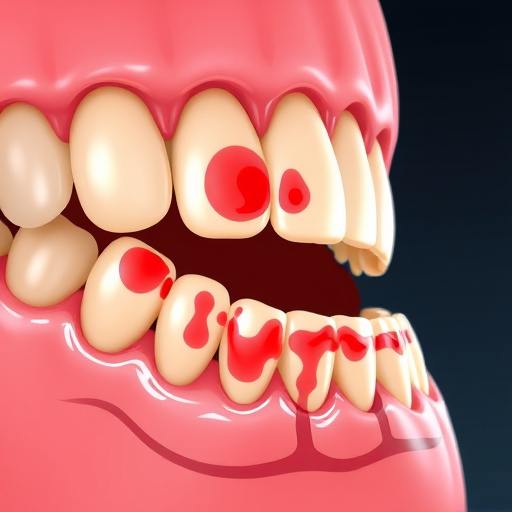Digital dental X-rays revolutionize oral health assessment with higher resolution images, reduced radiation, instant access, and cost efficiency compared to traditional film radiography. They enable accurate detection of tooth decay, bone loss, and infections, facilitate detailed examination of jaw development in children, and enhance treatment planning for procedures like dental implants and cosmetic fillings through advanced visual analysis.
Digital dental X-rays are transforming oral healthcare by offering a clearer, more precise view of bone health and jaw structure. This advanced technology provides numerous benefits over traditional film X-rays, from improved image quality to reduced radiation exposure. By analyzing digital dental X-rays, dentists can detect early signs of bone loss, periodontitis, and misalignments, enabling timely interventions. This article explores the advantages of digital imaging for comprehensive jaw analysis and its role in enhancing diagnosis and treatment planning.
- Understanding Digital Dental X-Rays: Technology and Benefits
- Advantages for Bone Health Assessment and Jaw Analysis
- Improved Diagnosis and Treatment Planning with Digital Imaging
Understanding Digital Dental X-Rays: Technology and Benefits
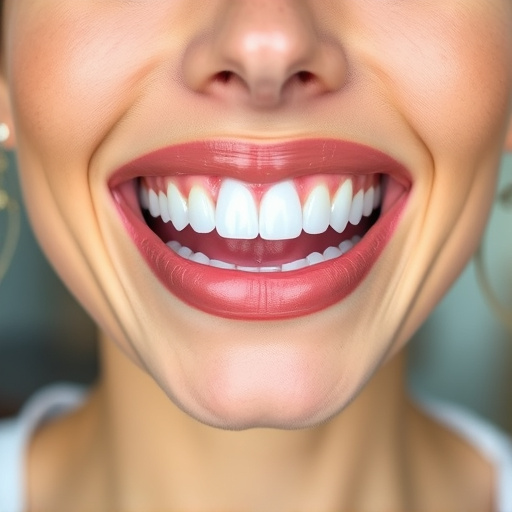
Digital dental X-rays have revolutionized the way we assess and monitor oral health. This advanced technology offers a clearer, more detailed view of the jawbone and teeth structure compared to traditional film radiography. By capturing high-resolution images, digital X-rays enable dentists to accurately diagnose various conditions and plan effective treatment strategies.
The benefits are numerous: improved detection capabilities for tooth decay, bone loss, or infections; reduced exposure to radiation due to lower dose rates; instant image availability for review and sharing; and the ability to compare scans over time, making it an invaluable tool in both routine dental care and cosmetic dentistry procedures like dental implants and cosmetic fillings.
Advantages for Bone Health Assessment and Jaw Analysis

Digital dental X-rays offer several advantages for assessing bone health and jaw analysis compared to traditional film radiography. Firstly, they provide higher resolution images, allowing dentists to detect even subtle changes in bone density or structural abnormalities with greater accuracy. This enhanced visibility is crucial for early identification of conditions like osteoporosis or periodontitis, which can significantly impact overall bone health.
Moreover, digital X-rays reduce the need for chemical processing and developing, making them more environmentally friendly and cost-effective. They also facilitate better communication between dentists and patients as these images can be easily stored, shared, and magnified for detailed examination, leading to more efficient diagnostic processes. This technology is particularly beneficial in children’s dentistry, where regular dental cleanings and restorative dentistry procedures may require close monitoring of jaw development and bone health.
Improved Diagnosis and Treatment Planning with Digital Imaging
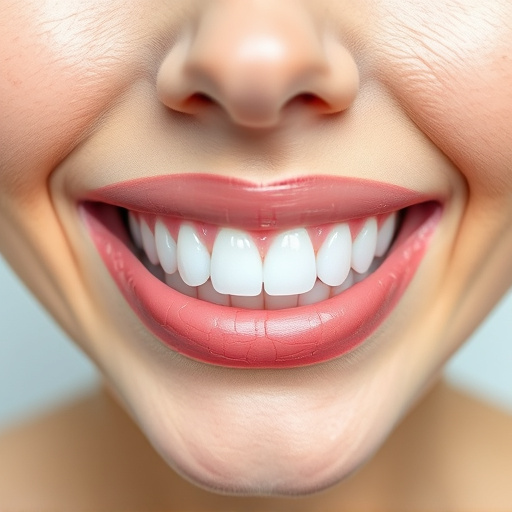
The advancement of digital dental x-rays has revolutionized the way dentists approach bone health and jaw analysis. This modern imaging technology offers unprecedented clarity and detail, enabling dental professionals to make more accurate diagnoses and plan treatments with greater precision. Digital x-rays provide a comprehensive view of the oral cavity, allowing for early detection of potential issues like tooth decay, gum disease, or abnormalities in jaw structure.
Compared to traditional film x-rays, digital imaging offers several advantages, including reduced exposure to radiation, immediate image availability, and improved visual accuracy. Dentists can zoom in on specific areas, enhance images, and even compare side-by-side X-rays from different time points. This level of detail is particularly beneficial when planning procedures like tooth extractions or fitting clear aligners in family dentistry practices.
Digital dental X-rays have revolutionized the way we assess bone health and analyze jaw structures. By offering superior image quality, minimal radiation exposure, and quick accessibility, this technology has become an indispensable tool for accurate diagnosis and effective treatment planning. The advantages of digital imaging are clear: it enables dental professionals to detect even subtle changes in bone density, ensuring timely interventions for improved patient outcomes. Embracing digital dental X-rays is a step towards modern, efficient, and comprehensive oral healthcare.


